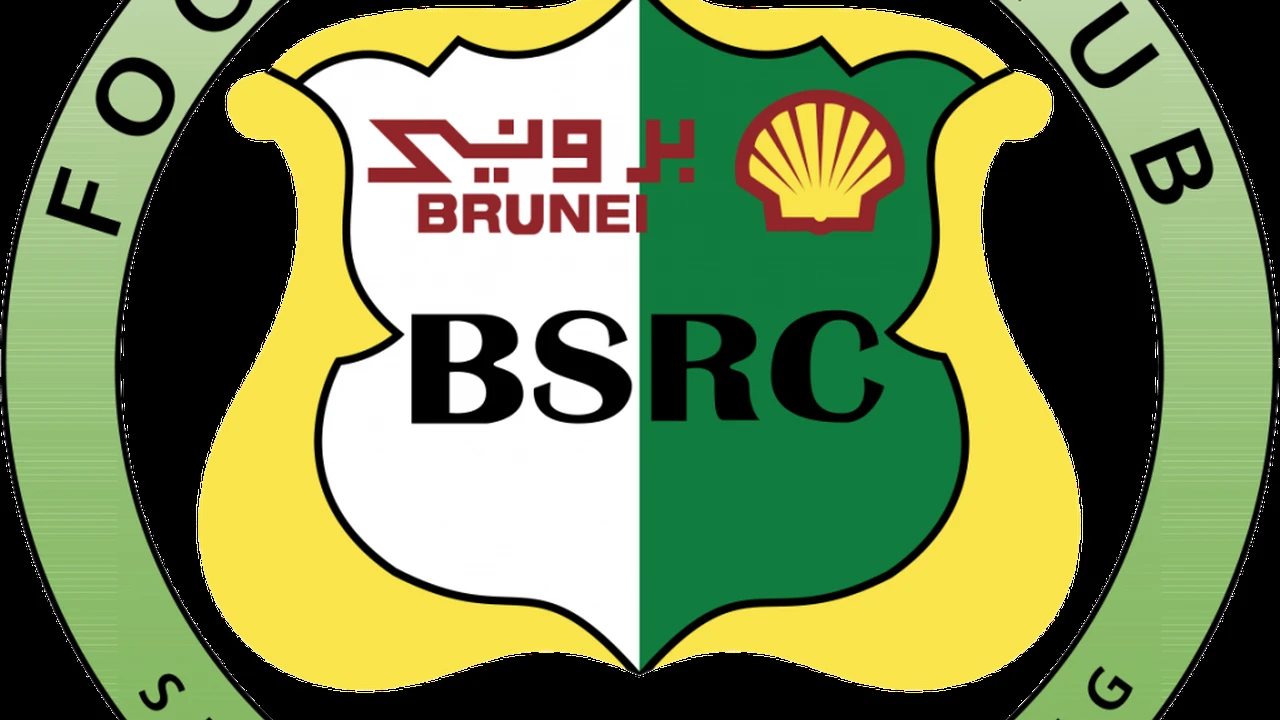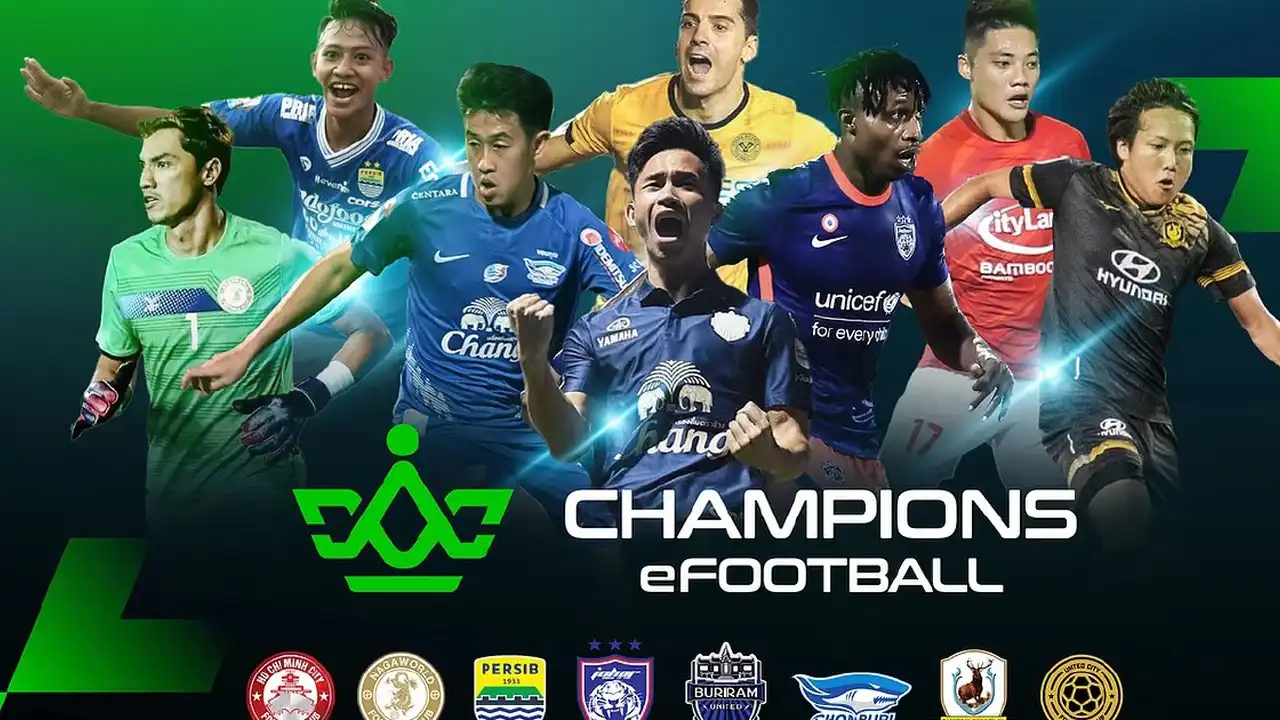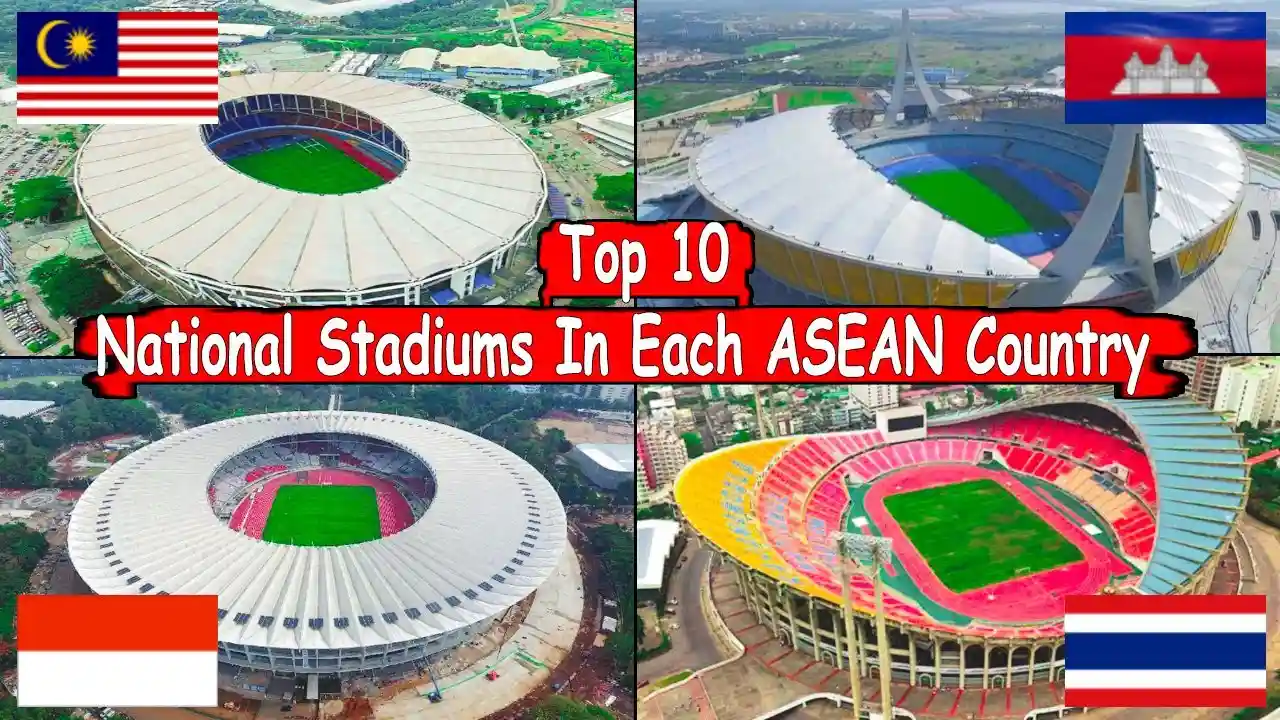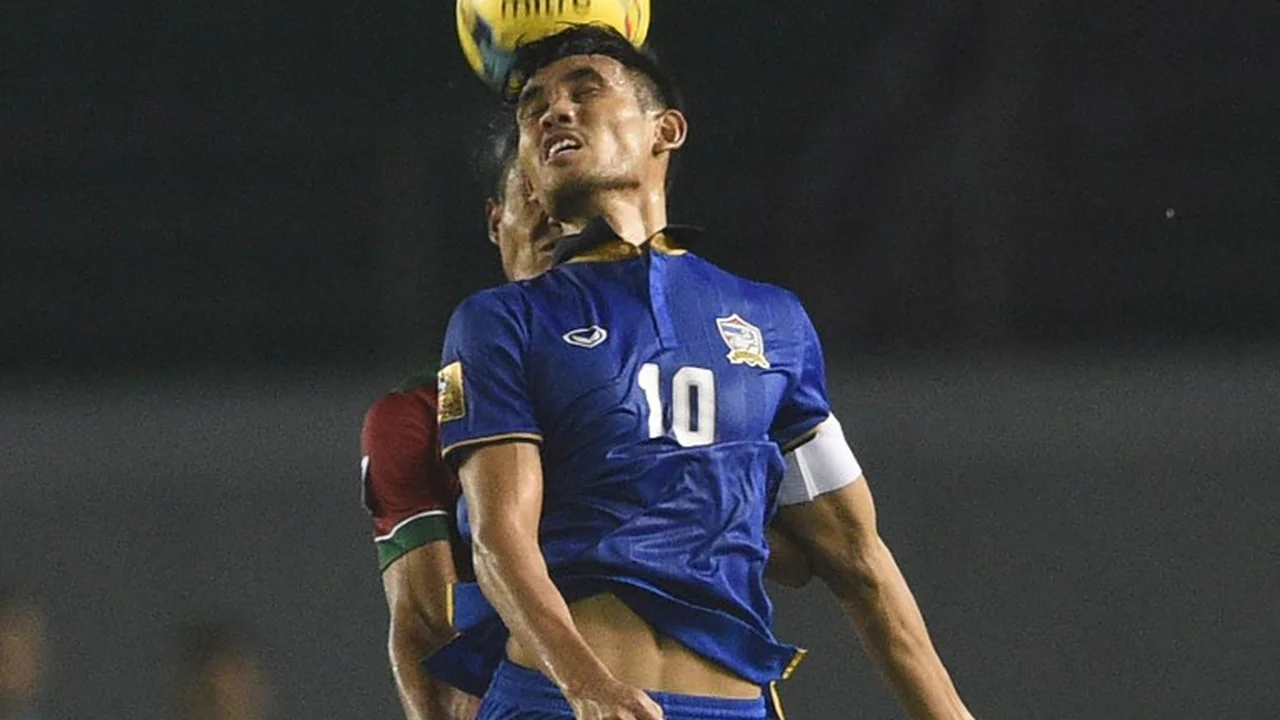Southeast Asian soccer and its reflection of national identity
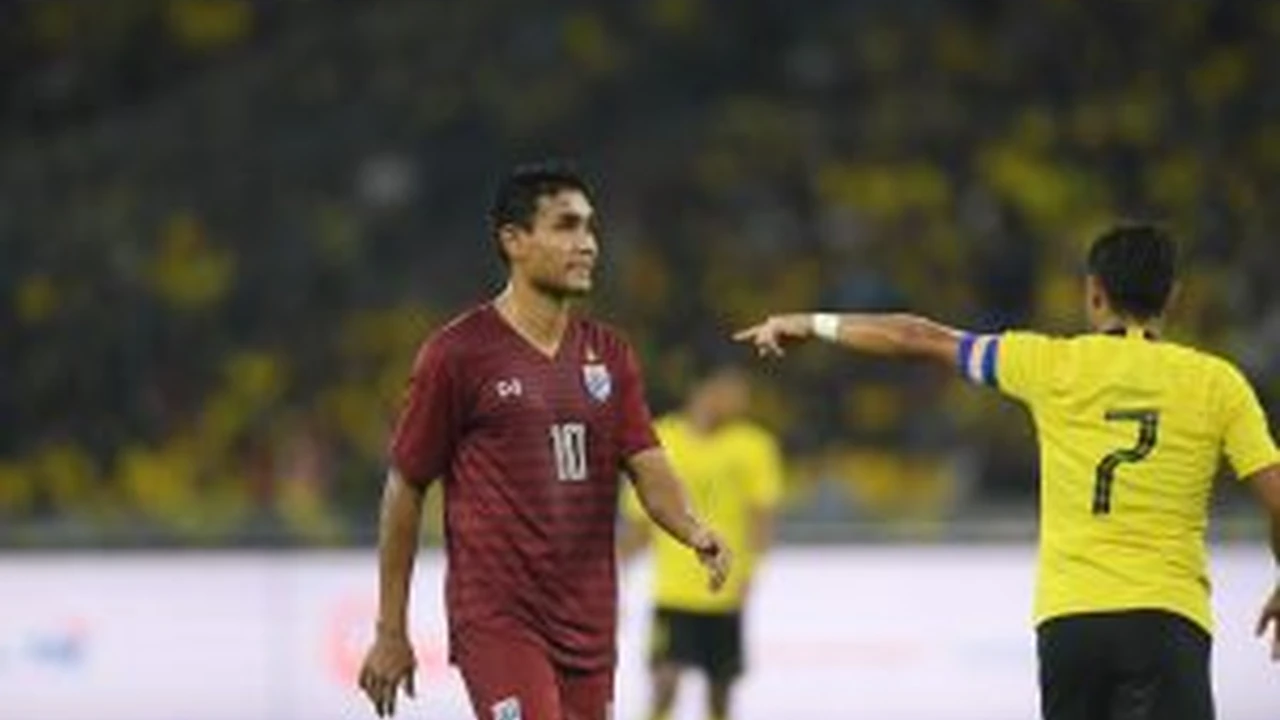
Alright, let's dive deep into the fascinating world of Southeast Asian soccer and how it's like, a massive mirror reflecting the national identity of these countries. Forget just the game; we're talking about passion, history, and everything that makes each nation tick.
H2 Soccer Passion and National Pride in Southeast Asia
Seriously, you can't underestimate the passion for soccer in Southeast Asia. It's not just a sport; it's a religion. Think about it: packed stadiums, streets emptying during big matches, and social media exploding with every goal. This isn't just about winning; it's about national pride. When a Southeast Asian team wins, the whole country celebrates. It's a unifying force, bringing people together across social and economic divides.
H2 Historical Roots of Southeast Asian Soccer and National Identity
The history of soccer in the region is intertwined with colonialism and the fight for independence. The game was introduced by Europeans, but Southeast Asians quickly adopted it, making it their own. Early soccer clubs often became hotbeds for nationalist sentiment, providing a platform for expressing anti-colonial views. Think of it as a way to reclaim their identity and prove their worth on the global stage. After independence, soccer became a symbol of national unity and progress.
H2 Cultural Significance of Soccer in Individual Southeast Asian Nations
Each Southeast Asian nation has its own unique soccer culture. In Thailand, you'll find a blend of traditional Thai values and modern soccer tactics. The Thai league is booming, and the national team is constantly improving. In Vietnam, soccer is a symbol of resilience and national pride, especially after years of conflict. The "Golden Stars" are revered heroes. In Malaysia, soccer reflects the country's multicultural society, with players from different ethnic backgrounds coming together to represent the nation. Indonesia, with its massive population, has a huge soccer following, but also faces challenges with infrastructure and corruption. And let's not forget the Philippines, where basketball often takes center stage, but soccer is steadily gaining popularity. Each country's soccer story is a unique reflection of its history, culture, and aspirations.
H2 The Role of Soccer in Shaping Southeast Asian National Identity
Soccer plays a crucial role in shaping national identity in several ways. First, it provides a sense of shared identity. When a national team plays, people from all walks of life rally behind it, forgetting their differences and uniting under the flag. Second, it fosters a sense of national pride. A successful national team boosts morale and gives citizens a sense of accomplishment. Third, it promotes national unity. Soccer can bridge divides and create a sense of belonging. Fourth, it showcases national culture. The way a team plays, the chants of the fans, and the celebrations after a victory all reflect the unique cultural identity of the nation.
H2 Challenges and Opportunities for Southeast Asian Soccer
Of course, Southeast Asian soccer faces its fair share of challenges. These include limited resources, poor infrastructure, corruption, and a lack of professional development. However, there are also plenty of opportunities. Increased investment in youth development, improved governance, and greater regional cooperation can help Southeast Asian soccer reach its full potential. The growing popularity of the game and the passion of the fans provide a solid foundation for future success.
H2 Gear Up: Essential Soccer Equipment for Southeast Asian Players
Okay, let's talk gear! Playing soccer in Southeast Asia can be tough with the heat and humidity. So, having the right equipment is crucial. Here are some recommendations with specific product examples, usage scenarios, comparisons, and price points (approximate USD prices):
H3 Soccer Cleats: Finding the Right Fit for Southeast Asian Fields
Adidas Copa Mundial: A classic for a reason. Leather upper provides a comfortable fit and excellent ball control. Great for firm ground surfaces, common in many Southeast Asian stadiums. Usage: Ideal for midfielders and defenders who prioritize touch and control. Price: $100-$150. Comparison: Nike Mercurial Vapor 14 (lighter, more explosive, but less durable, $120-$200), Puma King Platinum (similar to Copa Mundial, but with a modern twist, $130-$180).
Nike Tiempo Legend 9: Another leather option, offering a softer touch and more comfortable fit than the Copa Mundial. Suitable for various field conditions. Usage: Perfect for players who prioritize comfort and ball feel. Price: $130-$180. Comparison: Adidas Predator Edge.1 (more aggressive design, better for power and accuracy, $150-$250), New Balance Tekela v3 Magique (laceless design, enhanced fit and feel, $160-$220).
Mizuno Morelia Neo III Beta: Lightweight and flexible, providing excellent agility and speed. A great option for attacking players. Usage: Best for wingers and strikers who need quick acceleration and sharp turns. Price: $200-$280. Comparison: Adidas X Speedflow.1 (extremely lightweight, designed for maximum speed, $200-$280), Puma Ultra 1.4 (lightweight with a supportive upper, $180-$250).
H3 Soccer Balls: Durable Options for Intense Training
Adidas Team Match Pro: A high-quality match ball that's durable enough for regular training. FIFA Quality Pro certified. Usage: Ideal for training sessions and matches. Price: $40-$60. Comparison: Nike Flight (aerodynamic design for improved flight accuracy, $50-$70), Puma Orbita 1 (durable and visible, $45-$65).
Molten F5U5000: Known for its exceptional durability and consistent performance. A popular choice for professional leagues. Usage: Suitable for all levels of play, from training to competitive matches. Price: $60-$80. Comparison: Select Brillant Super TB (hand-sewn construction for superior quality, $70-$90), Umbro Neo Pro (durable with a textured surface, $40-$60).
H3 Soccer Apparel: Staying Cool and Comfortable in the Heat
Nike Dri-FIT Academy Training Top: Moisture-wicking fabric keeps you cool and dry. Lightweight and breathable. Usage: Perfect for training sessions and warm-ups. Price: $30-$40. Comparison: Adidas Condivo 21 Training Jersey (similar features, slightly different design, $30-$40), Puma teamFINAL 21 Training Jersey (breathable and comfortable, $25-$35).
Adidas Entrada 22 Training Shorts: Lightweight and comfortable shorts with moisture-wicking technology. Usage: Ideal for training and matches. Price: $25-$35. Comparison: Nike Dri-FIT Academy Training Shorts (similar features, slightly different fit, $25-$35), Puma teamFINAL 21 Training Shorts (lightweight and breathable, $20-$30).
H3 Goalkeeper Gloves: Protecting Your Hands and Improving Grip
Adidas Predator Pro Hybrid Goalkeeper Gloves: Excellent grip and cushioning. Hybrid cut provides a comfortable and secure fit. Usage: Suitable for professional and amateur goalkeepers. Price: $80-$120. Comparison: Nike Vapor Grip 3 (superior grip in all weather conditions, $90-$130), Reusch Attrakt Freegel Gold X (durable and comfortable, $70-$100).
Uhlsport Supergrip+ HN Goalkeeper Gloves: Superb grip and durability. Half Negative cut for a snug fit. Usage: Ideal for goalkeepers who demand the best performance. Price: $100-$150. Comparison: Puma Future Z Grip 1 Hybrid (lightweight and flexible, $80-$120), Sells Total Contact Aqua Ultimate (designed for wet conditions, $90-$130).
H2 Beyond the Field: The Social Impact of Soccer in Southeast Asia
Soccer's influence stretches far beyond the pitch. It's a powerful tool for social development, promoting education, health, and gender equality. Many NGOs use soccer to engage with marginalized communities, providing opportunities for youth and promoting positive social change. Think about it, a simple game can empower young girls, teach valuable life skills, and inspire hope in communities facing poverty and conflict.
H2 The Future of Southeast Asian Soccer: Prospects and Predictions
The future of Southeast Asian soccer is bright. With increased investment, improved governance, and a growing fan base, the region has the potential to become a major force in Asian soccer. We can expect to see more Southeast Asian players competing in top European leagues, and the national teams will continue to improve and challenge for major titles. The passion is there, the talent is growing, and the future is full of possibilities. It's an exciting time to be a soccer fan in Southeast Asia!
:max_bytes(150000):strip_icc()/277019-baked-pork-chops-with-cream-of-mushroom-soup-DDMFS-beauty-4x3-BG-7505-5762b731cf30447d9cbbbbbf387beafa.jpg)



